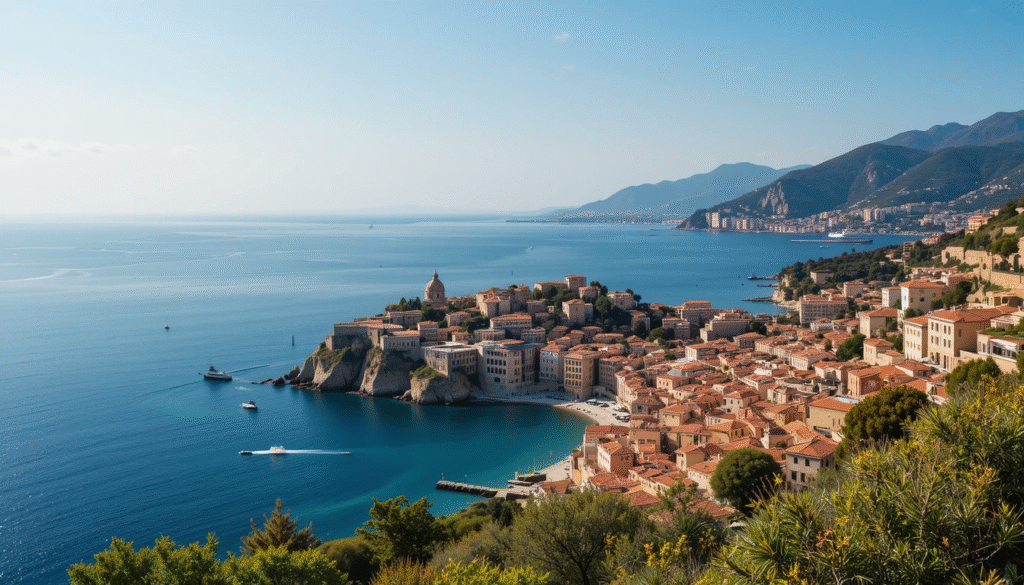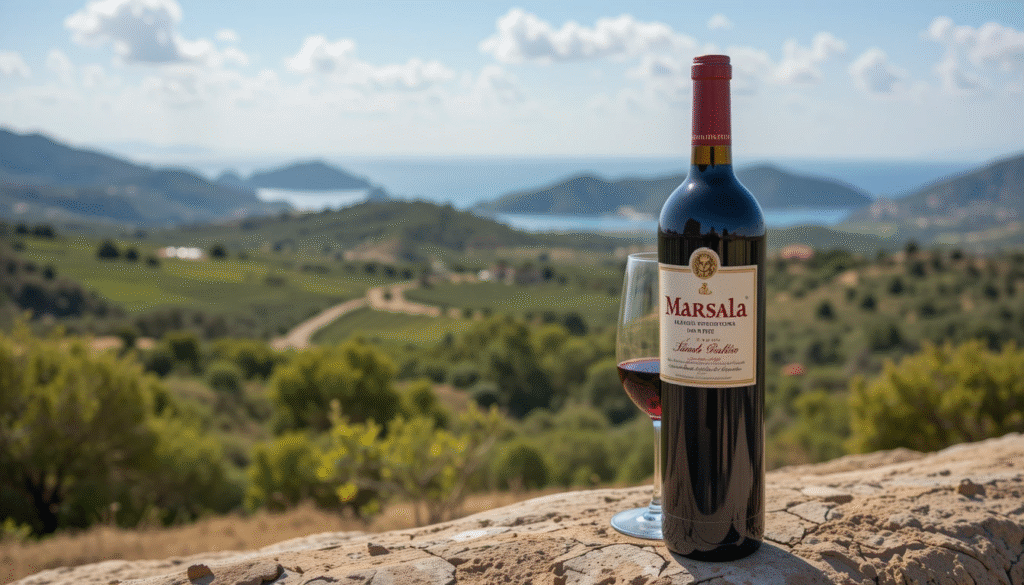When people hear the word Marsala, different images come to mind. For some, it is the name of a charming coastal town in Sicily, filled with history, culture, and breathtaking views of the Mediterranean. For others, it is a unique fortified wine, loved worldwide for its rich flavor and culinary uses. Beyond these, Marsala is also recognized in the world of design as a sophisticated color that was named Pantone’s “Color of the Year” in 2015. It is a concept that ties together history, taste, and aesthetics, this diversity makes Marsala more than just a name.

Marsala, the Sicilian Town
Marsala is a historic town located on the western coast of Sicily, Italy. It is famous for its stunning coastline, salt pans, and ancient ruins. The town’s name itself is believed to have originated from the Arabic phrase Marsa Allah, meaning “Port of God.”
Rich in history, Marsala played a important role during the unification of Italy in the 19th century. The famous Italian general Giuseppe Garibaldi landed here with his “Thousand” troops in 1860, starting a movement that would eventually unite the country. Today in the modern world, visitors can explore museums, ancient churches, and archaeological parks that highlight this town’s importance in Italian history.
Marsala is also known for its natural beauty.Thousands of tourists attracted by its beauty including its coastline, with crystal-clear waters and golden sunsets visit this place every year. The famous Stagnone Lagoon is another major attraction, where visitors can see windmills, flamingos, and the picturesque salt flats.
Marsala Wine: Sicily’s Golden Drink

Perhaps the most famous association with Marsala is its fortified wine. Marsala wine was first produced in the late 18th century when English merchants discovered Sicily’s potential for producing long-lasting, flavourful wines. They added brandy to the wine and created a fortified drink that could withstand long voyages by sea.
Marsala wine quickly gained international recognition. Today it is one of Italy’s most cherished exports. There are different types of Marsala wine, ranging from dry (secco) to sweet (dolce), each offering unique flavours and aromas.
Culinary Uses of Marsala Wine
Marsala wine is not just for drinking; it is an essential ingredient in Italian cuisine. It is widely used in both savoury and sweet dishes. Some of the most popular recipes include:
- Chicken Marsala – A classic Italian-American dish where chicken breasts are cooked in a Marsala wine sauce with mushrooms.
- Veal Marsala – Another rich dish that combines tender veal with the deep, nutty flavor of the wine.
- Marsala Zabaglione – A sweet Italian dessert where eggs, sugar, and Marsala wine are whisked together into a creamy delight.
The versatility of Marsala wine makes it a staple in kitchens around the world. Marsala whether used as a cooking ingredient or enjoyed in a glass, it delivers warmth, depth, and tradition.
Marsala in Fashion and Design
Beyond geography and wine, Marsala also has a place in the world of fashion and design. In 2015, the Pantone Colour Institute selected Marsala as its “Colour of the Year.” This deep, earthy red-brown shade became popular in clothing, cosmetics, interior design, and branding.
The colour Marsala is often described as warm, sophisticated, and elegant. It represents stability and richness and makes it suitable for both modern and traditional styles. From fashion runways to home decor, Marsala continues to inspire creativity and design trends.
Why Marsala Matters
Marsala is more than just a word—it represents culture, history, flavour, and beauty. As a town, it tells the story of Sicily’s heritage and Italian unification. As a wine, it carries centuries of tradition in every sip, symbolizing Sicily’s contribution to world cuisine. As a colour, it captures a timeless elegance that continues to influence global design trends.
When we talk about Marsala, we are talking about a bridge between the past and present, between nature and culture, and between taste and aesthetics. It is a reminder that one name can hold many identities, each worth exploring and celebrating.
Conclusion
Whether you are traveling to Sicily, enjoying a glass of fortified wine, or adding a touch of earthy red to your wardrobe, Marsala touches life in various ways. It is a town filled with history, a wine rich in flavor, and a color that symbolizes elegance.
Marsala is not just a destination or a product—it is an experience that connects us to tradition, creativity, and the beauty of life.

